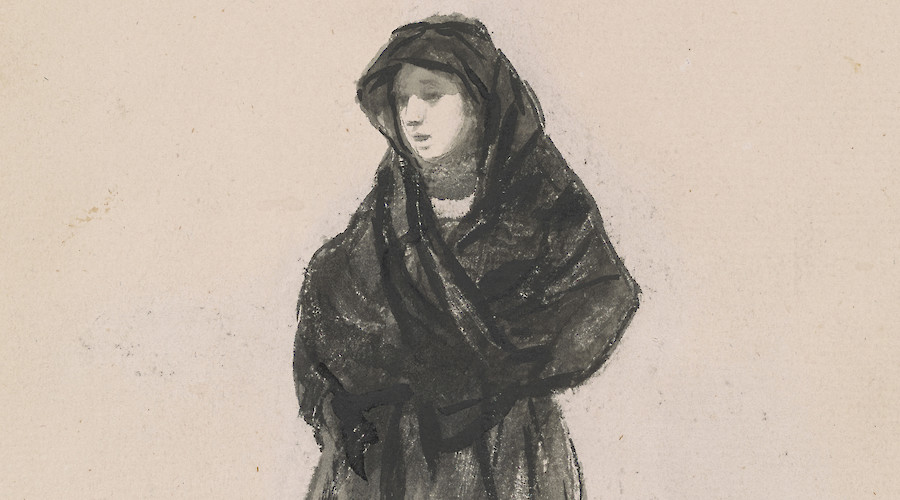Drawn to Greatness: Master Drawings from the Thaw Collection

The Morgan Library & Museum celebrates the acquisition of the complete Thaw drawings collection with an exhibition of over 150 masterworks, including drawings by Spanish artists Goya and Picasso.
The Thaw Collection is considered among the foremost private collections of drawings assembled over the last half century. It was first promised to the Morgan in 1975 by Eugene V. Thaw and the museum received the full collection of 424 works in early 2017. On occasion of this gift the Morgan presents Drawn to Greatness: Master Drawings from the Thaw Collection, which includes more than 150 masterworks from the Renaissance to the twentieth century.
The exhibition is organized in a series of sections that illustrate key moments in the history of draftsmanship while also highlighting the work of artists whom the Thaws collected in depth, among them: Mantegna, Rubens, Rembrandt, Canaletto, Watteau, Piranesi, Fragonard, Goya, Turner, Ingres, Daumier, Degas, Cézanne, Redon, Gauguin, Van Gogh, Matisse, Picasso, and Pollock.
Related events
Gallery talks
- Nineteenth-century French Drawings. With Jennifer Tonkovich, Eugene and Clare Thaw Curator of Drawings and Prints. On Friday, December 1 at 1pm.
- Italian, Dutch, and Flemish Drawings. With Ilona van Tuinen, Annette and Oscar de la Renta Assistant Curator of Drawings and Prints & Marco Bolzoni, Moore Curatorial Fellow. On Friday, December 8 at 7 pm.
Lecture
- Hans Calmann and the American Market for Old Master Drawings, 1937–1973. With Jennifer Tonkovich.
- On Wednesday, December 6 at 12 pm (tickets: $15).
Between the advent of the Second World War and the 1970s, the international market for old master drawings grew exponentially, supported by an emerging generation of professionally trained curators in America. At the forefront of this craze for collecting drawings was the German-born and London-based art dealer Hans Calmann (1899–1982). Jennifer Tonkovich, Eugene and Clare Thaw Curator of Drawings and Prints, explores Calmann’s role during the vital decades of the 1940s, 50s, and 60s as American museums embraced the collecting and display of works on paper.